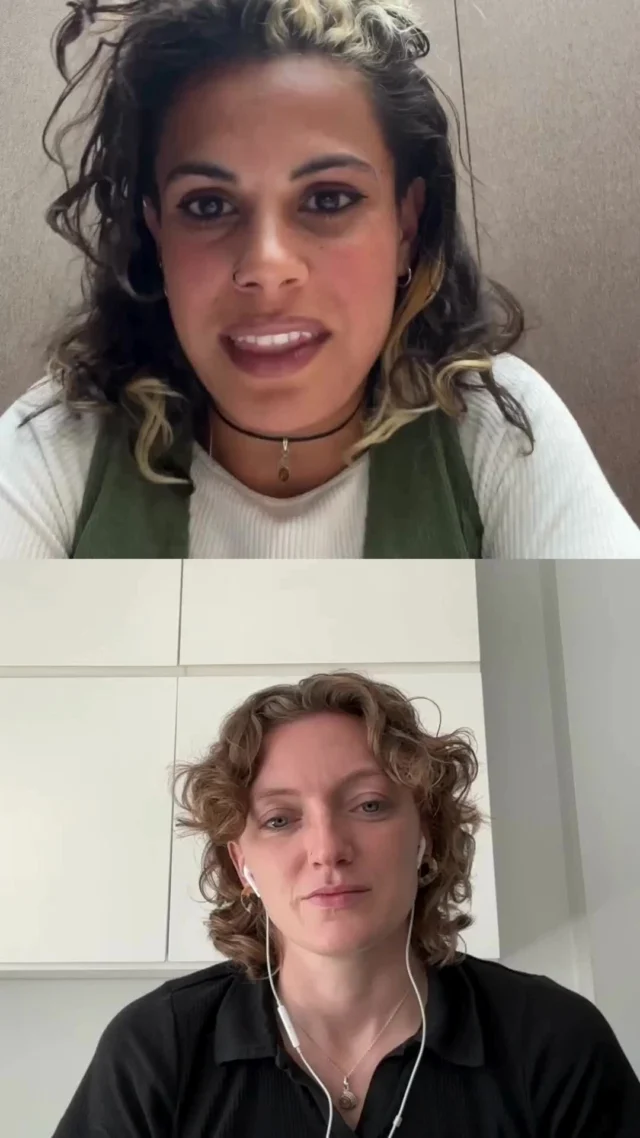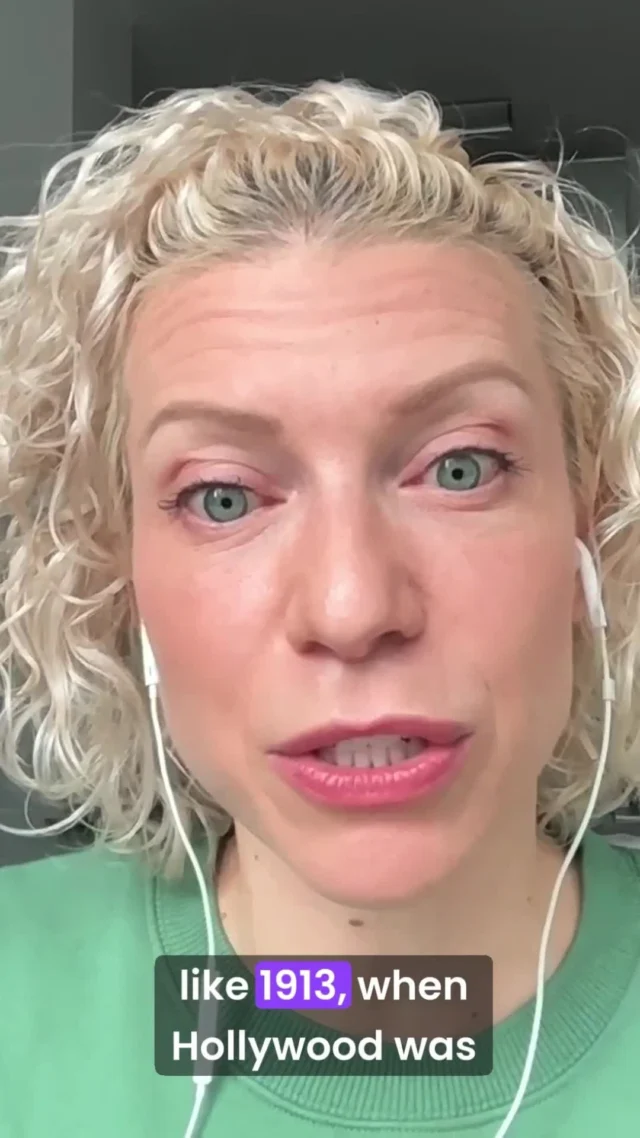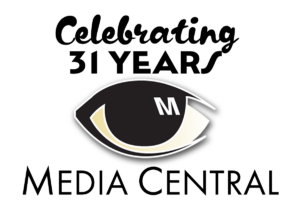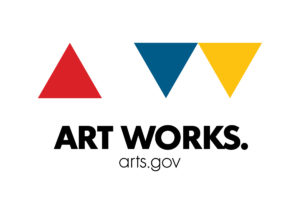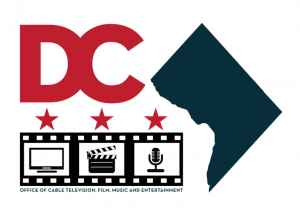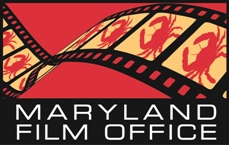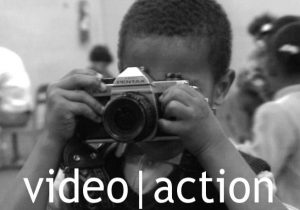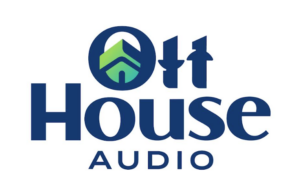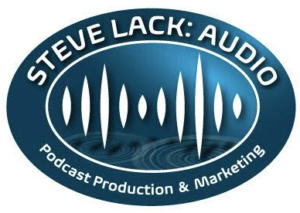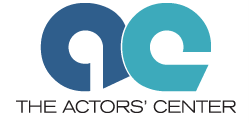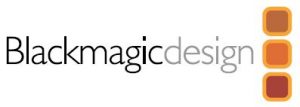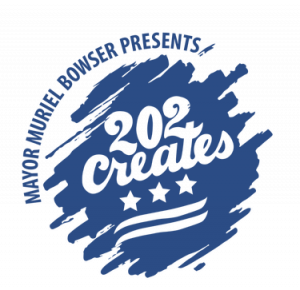By Kathy Dismukes
The gig economy is definitely here, but really everyone else is just catching up to media industry, where freelancing has long been a big part of the game. That doesn’t mean it’s easy, though. To be successful you have to be the CEO of You, Inc., marketing manager, and bookkeeper, as well as the media professional who can create compelling content for clients.
About 30 people squeezed into the IMG conference room this month for a freewheeling, lively discussion about all things freelance. There were a number of preditors in the group, but there were also composers, directors, motion graphics pros, production designers, writers, and PAs all interested in learning more about the business of freelancing.
Lucky for us, Sharon Sobel, owner of Picture This Video, and Shira Harrington, owner of Purposeful Hire, Inc., were there to provide practical advice and guidance! What follows is a distillation of the conversation, combined with information from Sobel’s famous Top 10 Things You Need to Become Self-Employed tip sheet. There’s a special section on setting your rates and negotiating with a client. Now go get ‘em, tiger!
READY!
Equip yourself with the tools, education, and resources needed to run a single-proprietor business.
Get an employee ID number (EIN) – Protect yourself by never giving your social security number (SSN) to anyone you work for. You don’t need to, unless it’s for a background check. (In that case, give your SSN over the phone ONLY to the person submitting the background check information). You can apply for an EIN free from the IRS.
Set up a separate bank account for your 1099 (independent contractor) earnings – Look for a bank that doesn’t require minimum balances. You don’t need to have a “business” account if you aren’t going to have employees. You can simply have an alternative account that you only use for your company/professional services.
Get a bookkeeping solution. There are free software solutions out there, but be careful. Among the lower-cost options, Quickbooks is highly rated. If you don’t have the skills or experience to know what transactions are tax deductions, etc., it is worth it to hire a bookkeeper. And by the way, that expense itself is deductible!
Get liability insurance. This should cover your company property, as well as property you rent or use while working for clients. Homeowner’s or renter’s insurance DOES NOT COVER BUSINESS PROPERTY. There are a number of guides out there, but be sure to review a variety of resources.
Use an app to schedule your time. There are a number of scheduling apps that can help you manage your operations time, project time, and sales/marketing time. Speaking of sales/marketing, you should dedicate 10-15 hours a week to attending events, making calls, sending emails, and so forth. You won’t stay alive without clients in the pipeline.
Get GPS on your phone/in your car, so you can get around without wasting time, and get parking apps like SpotHero for discounted parking reservations and Parkmobile for metered parking.
Provide a means of reaching you easily. Your email signature should include your best contact phone number(s), and your website should have your number and/or email on the “Contact Us” page, at a minimum. Your voicemail message should offer an alternative means to contact you, and explain that you may be currently on a job that doesn’t allow you to talk on the phone (so they can text you or email you instead).
Identify sources for accessing needed crew and equipment. You should develop a roster of go-to people you can tap based on the need of a production. There are also local companies that provide crew or rental equipment. Please consider engaging a WIFV sponsor, corporate member, or companies that provide WIFV members with discounted services. Organizations like Arlington Independent Media are known to lend equipment for free.
SET!
It’s not enough to simply know what services you offer. Who has the type of urgent problems you could solve and would pay you to help solve them? Above all, people do business with those they know and trust. So, you have to connect to your targets in person. In her coaching, Harrington has developed some colorful metaphors to help people connect:
Understand your tribe – What industry, sector, or issue do you want to serve? What are their problems, and how can you solve them? You can also look for leads in related industries, like meeting planners and wedding planners. Plus, there is an association for virtually every interest and niche out there, so check out the association for your target market.
Understand your pond – Who are your fellow goldfish, meaning what other media pros can be collaborators or competitors as you target your tribe? Where are you a purple fish, meaning what do you have to offer that’s unique? This could be skills, but it can also be expertise in a subject area or passion for an issue.
You need to be constantly reaching your target audience through networking events, word-of-mouth, and social media platforms so that your brand reputation is working while you sleep. Some top resources:
LinkedIn – The biggest, best networking resource out there. You’ll be surprised at how many people you already know. Go to Quick Help for instructions on how to use the site effectively.
Media industry networking communities – Creative District and Shooting People are similar to LinkedIn but allow users to work on one another’s projects. There are also small business options like Alignable.
Gig sites – These include Production Hub, Maslow Media, Movidiam, TeamPeople, and Mandy.com. The latter two are current WIFV corporate supporters. Craigslist and Indeed.com are also good places to look.
Trade associations – There is an association for just about every subject under the sun, and the DC area is the association capital of the world. Those directly related to media include the National Association of Catering & Events (NACE) and the International Special Events Society (ISES).
Set Your Rates
Don’t work for cheap – That undercuts the entire freelance community. Here are some great resources from the Freelancers Union
Tips on setting your freelance rates
Considerations on your time (because time is money!)
Work out your costs
Here, we’re not talking about the costs related to a particular job. We’re talking about the basic “salary” that you need to make in order to keep the lights on. Let’s say your monthly expenses are $3,000. This includes personal stuff like rent, utilities, transport, and food, plus business expenses like equipment and software, plus an allowance to spend a bit on enjoying life. So to break even, you’ll need to make $3,000 a month, right? Nope—don’t forget the taxman’s slice. If you assume you’ll pay about 30% in tax and FICA, then you’ll need to aim for $4,300 a month—that will leave you with just over $3,000 take-home pay. You’ll need annual salary of $4,300 x 12 = $51,600.
Remember, that’s not your aim—that’s the absolute minimum you need to make to survive. (And also remember, these numbers are just examples—costs of living, of course, vary widely depending on your circumstances and where you live.) Envato Tuts+ is a helpful resource on how to determine your “freelancer salary”. The site also has lots of great business advice and tutorials, including on bookkeeping basics.
Work Out Your Billable Hours
Now consider how many hours you can work in a week. Here we’re only interested in billable hours, i.e., direct client work that you’re getting paid for. Remember that, particularly if you’re just starting out, you’ll need to spend time on marketing, searching for jobs, making unsuccessful applications, etc. So even if you’re planning to work 40 hours a week, perhaps only 20 of those will be working directly on projects. And, you can’t charge for the time you spend updating your website or networking on LinkedIn.
So let’s say 20 hours a week, times 50 weeks in a year (you need at least two weeks’ holiday!), so you have 1,000 billable hours in a year. Now just divide the first number by the second one. $51,600 divided by 1,000 is $51.60 an hour. That’s the minimum hourly amount you can charge. That figure is the one you’ll apply to every project from now on.
Say that you’ve been hired to edit a project, and you’ve estimated that it will take you about 30 hours to complete. Multiply the $51.60 by the 30 hours you expect to spend, and you get a minimum project estimate of $1,548. Your final amount will almost certainly be higher, but it’s good to start with a baseline. When you develop the project budget, you’ll add in all the other items (e.g., other crew, equipment, post production, etc.)
GO!
NEGOTIATING A CONTRACT
Yes, this is hard, but all it really takes is knowledge about how the process works and some confidence in your own skills, abilities, and artistic vision. And remember, the people you’re talking to have all been in your shoes in one way or another.
Educate the client – Most clients won’t understand why things cost what they cost in media production. Especially these days, when everyone thinks they can produce a professional-level video on their cell phone, it is helpful to itemize and explain all of the costs in your proposal for services.
Set your rates higher rather than lower – You should have an idea of the going range of rates out there. That said, the same rules apply to media as to other industries: If you set your rates higher, clients perceive an increased value. If you end up negotiating down, clients perceive they’re getting a deal.
Negotiation options – Try to hold firm on your price. Instead of budging, try giving something to get something:
Offer to host a workshop where you teach attendees something valuable – One idea: Explain the concept of repurposing content across social media platforms and give some relevant examples. They’ll love how this helps integrate their marketing and saves them money.
Barter – Provide your service in exchange for their service. This works best for services you need, like accounting or legal advice.
Get creative – Brainstorm with the client on outside-the-box options. One idea: Get a sponsor for the media product you’re providing. That will provide more money for their budget so they can afford your regular rate.
Some closing advice from Sharon Sobel: Freelancing can be rewarding, and challenging…at different times, or at the same time! It’s important to grow slowly, with a plan, and keep expenses in check when your income is unsure. To ensure your longevity, undersell and over-deliver—but not to the point where you lose money! Use contracts. Hire out for skills you don’t have. Rent gear that you don’t need all the time. Research the going rates for the roles you can do, and set your rates based on your experience and what the market will bear.
Sharon Sobel has owned and operated Picture This Video since 1997. As a sole proprietor, she is a self-described “multi-faceted maven” who freelances in the metro DC area doing teleprompter, camera operation, field producing, editing, and more. When she’s wearing her producer hat, she’s helping small businesses, non-profits, and associations in the area convey their messages better…through the power of video. This year, she’s excited to launch a new arm of her business which will specialize in producing short, “snackable,” promotional content for business social media platforms.
Shira Harrington is Chief Engagement Officer of Purposeful Hire, Inc. A dynamic and engaging business and career coach, she helps “solopreneurs” and job seekers showcase their brand value through compelling websites, LinkedIn summaries, and resumes. She is also an expert networker and inspires others to embrace a passion for being a “go-giver” and serving with purpose. She is also founder of BoomerWorks.org, a nonprofit program dedicated to helping professionals age 50+ re-career as freelancers and small business owners. Her mission is summed up best in her tagline: “For every hire, this is a higher purpose.”
——-
Kathy Dismukes is the founder of Pintail Productions, a Washington, DC area media production enterprise. Pintail Productions helps companies, associations, and nonprofits make strategic, effective use of both traditional video and new formats like 360 and AR. Kathy is also an impact producer and consultant specializing in fundraising, partnership building, and community outreach for films and nonprofits. A Women in Film & Video member since 2007, she served for two terms on the board of directors, including as VP of Development.









